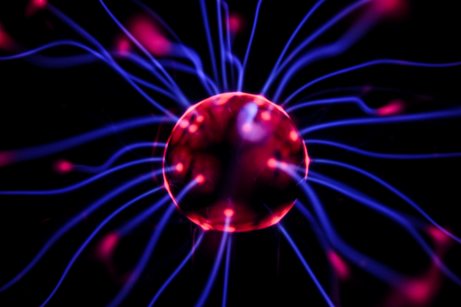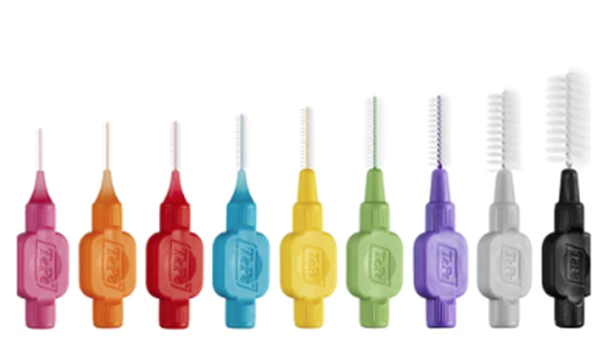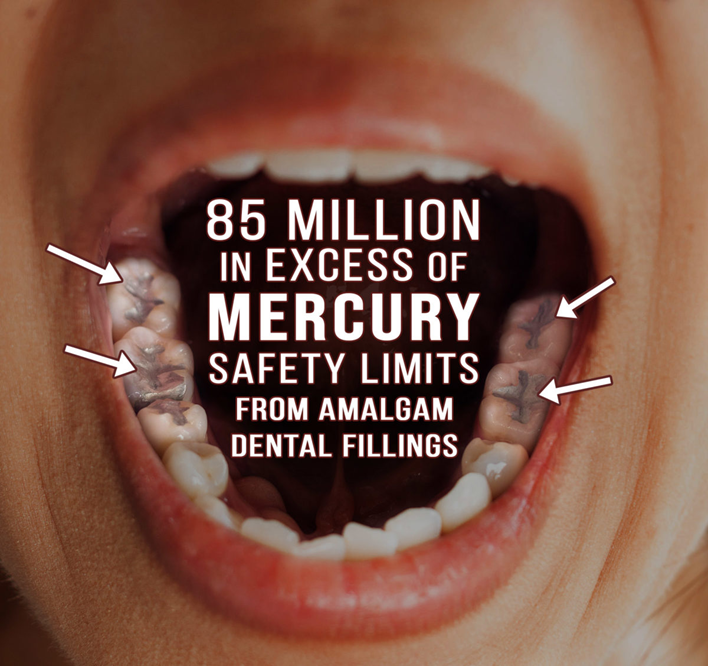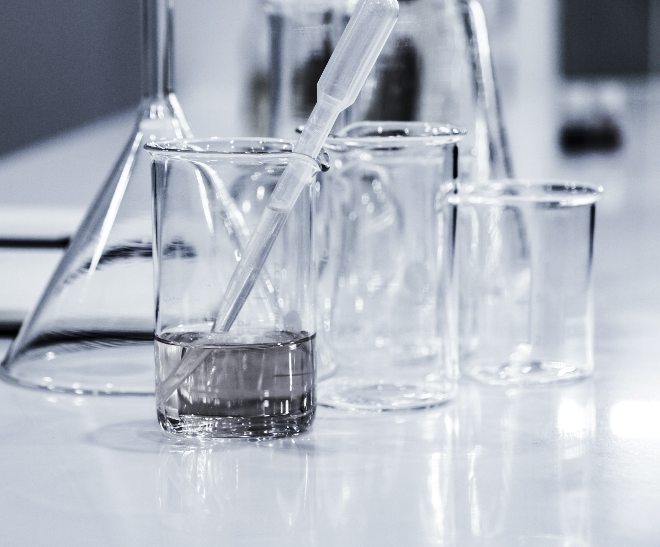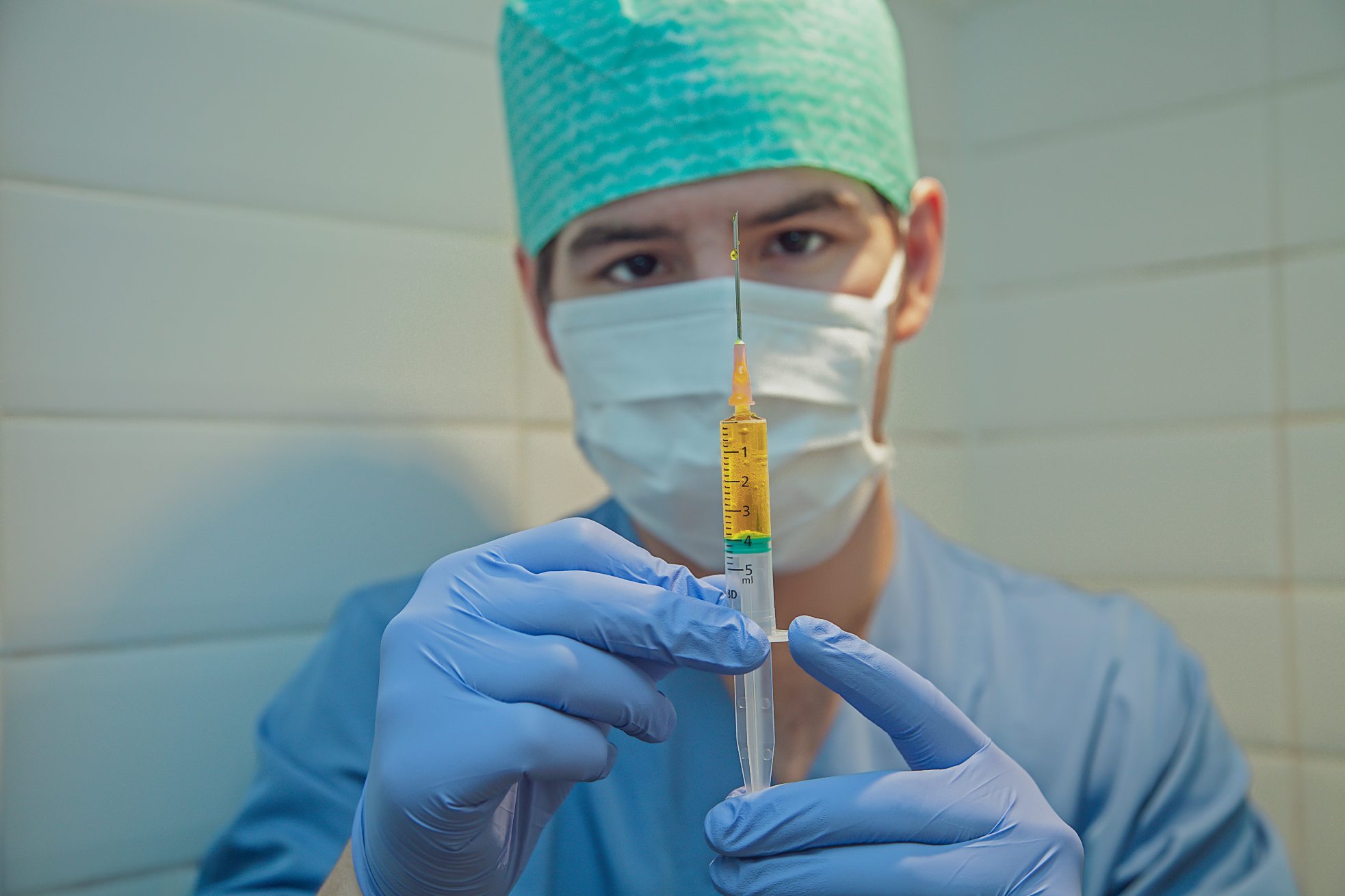The History of Ozone
Dental Care Blog
Dr. W. Eccles D.D.S. Livermore
Resources to learn more about holistic and biological dentistry
Welcome New Patients
About Us
The History of Ozone in Dentistry
The history of ozone in dentistry is a story of innovation and progress in the field of dental care. Ozone, a gas composed of three oxygen molecules, has been used in the medical field for over a century. However, its use in dentistry is relatively new and has only become popular in the last few decades.
The discovery of ozone can be traced back to the mid-19th century when the German scientist Christian Friedrich Schönbein discovered the gas and named it after the Greek word “ozein,” which means “to smell.” Schönbein noticed that ozone had a distinctive, pungent odor and that it was an effective oxidizing agent.
In the early 20th century, ozone began to be used in the medical field as a disinfectant. Its strong oxidizing properties made it an ideal candidate for sterilizing surfaces and killing bacteria. The use of ozone in dentistry, however, didn’t occur until much later.
In the 1980s, a German dentist named Dr. Horst F. Rilling discovered that ozone could be used to treat periodontitis, a serious gum disease that can lead to tooth loss. Dr. Rilling found that ozone could effectively kill the bacteria that cause the disease and could also help to heal the damaged tissues in the mouth.
Since then, the use of ozone in dentistry has become increasingly popular. Today, ozone is used in a variety of dental treatments, including teeth whitening, cavity treatment, and gum disease treatment. In many cases, ozone can be used as an alternative to traditional treatments, such as antibiotics and surgery, which can have side effects and require extensive recovery time.
One of the major advantages of ozone in dentistry is its ability to quickly kill bacteria and viruses in the mouth. This makes it an ideal choice for patients who have compromised immune systems or who are prone to infections. Ozone is also fast-acting and can produce results in just a few minutes, which makes it a convenient option for busy patients.
Another advantage of ozone in dentistry is that it is a natural, safe, and non-invasive treatment option. Unlike traditional treatments, ozone does not require any incisions, injections, or drugs. This makes it an ideal choice for patients who are concerned about the side effects of traditional treatments.
In conclusion, the history of ozone in dentistry is a story of progress and innovation. From its discovery in the mid-19th century to its widespread use in dental treatments today, ozone has proven to be a valuable tool in the fight against dental problems. With its fast-acting, natural, and safe properties, ozone is set to play an even greater role in the future of dental care.
Reviews & Testimonials



